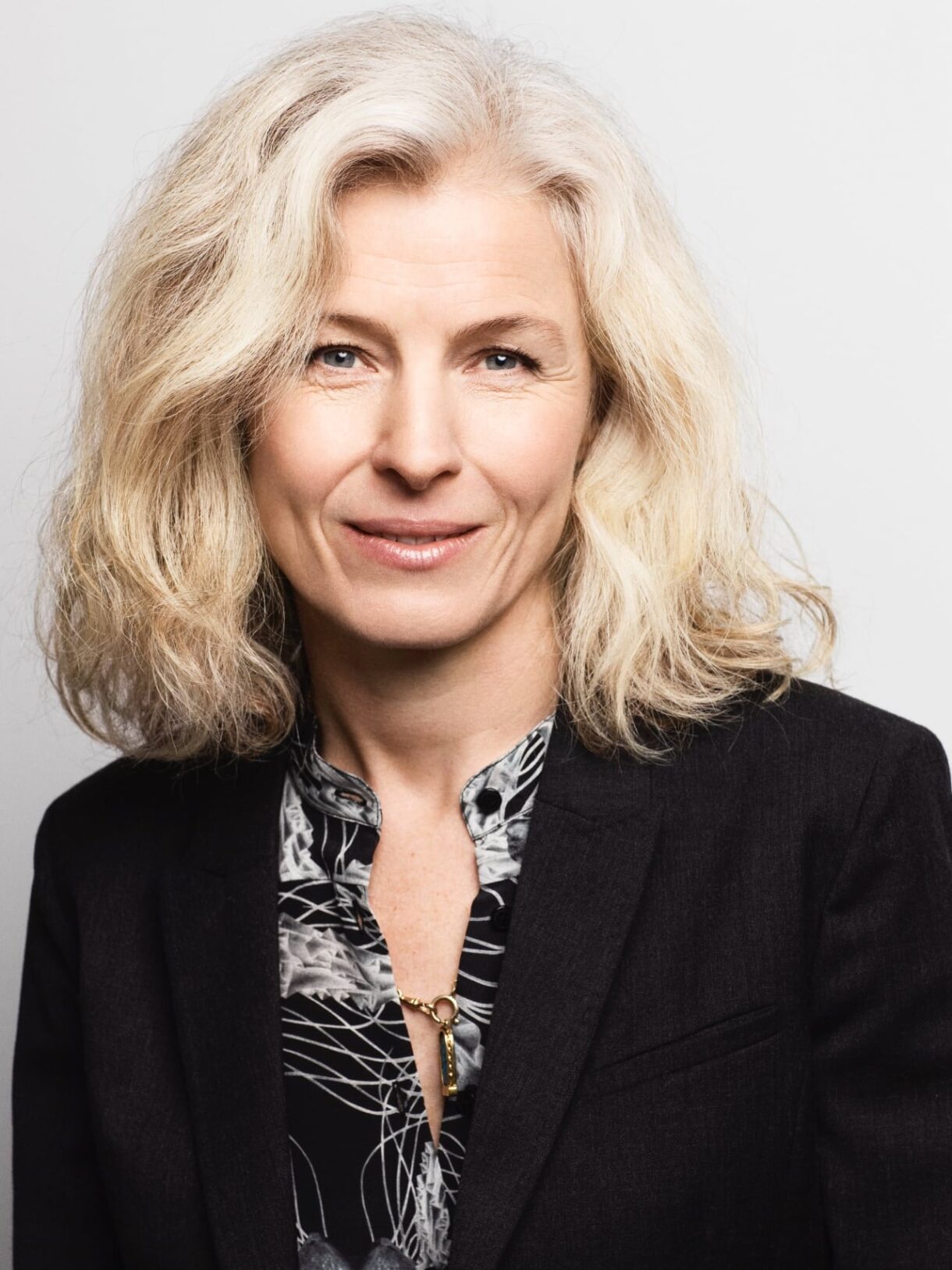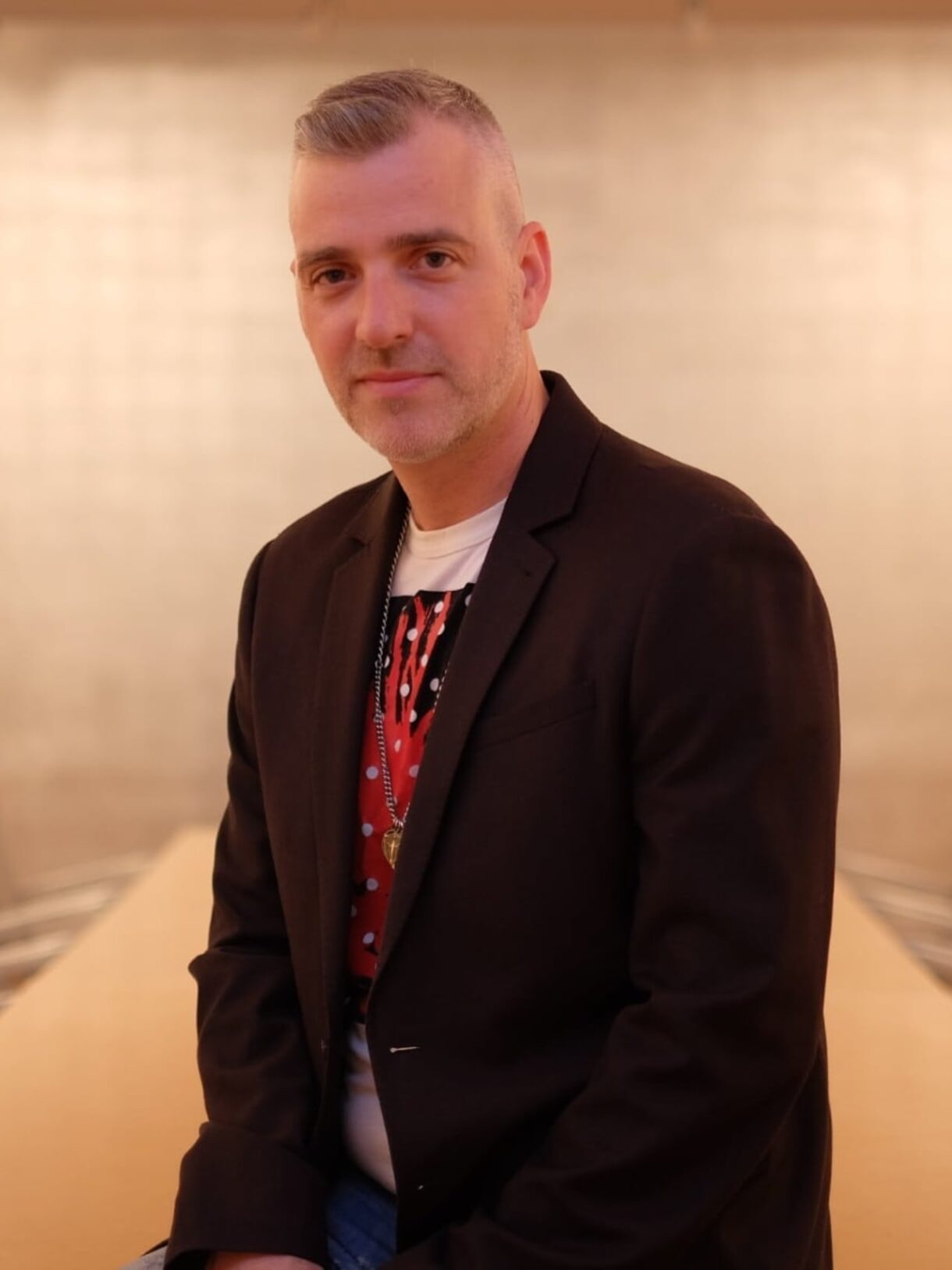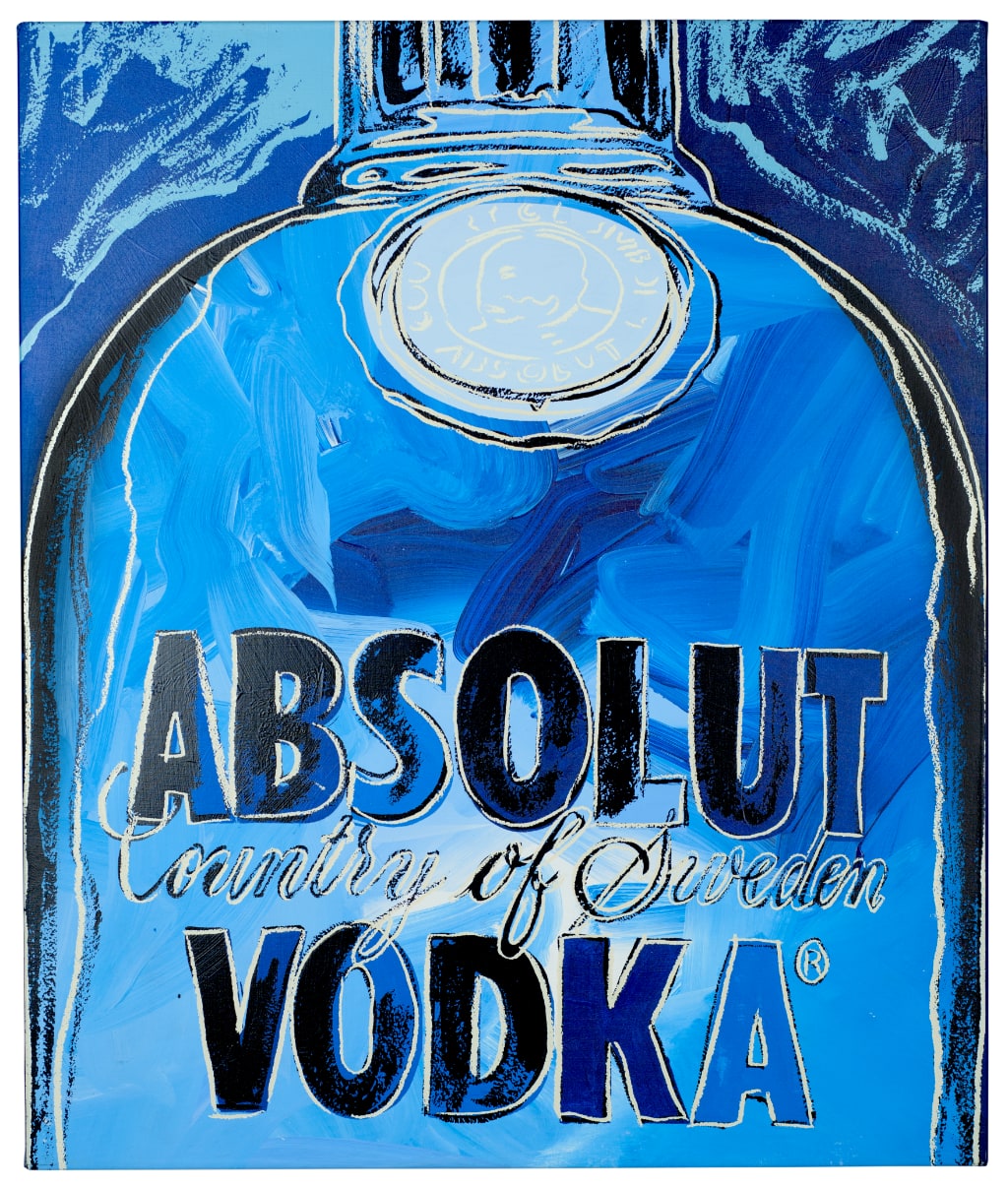Artist who “took museum’s money and ran” on show at Warhol exhibition
Visitors to Spritmuseum, Stockholm, will get the opportunity to see the rediscovered Absolut Warhol ‘blue’ painting over the summer with the Money on the Wall: Andy Warhol exhibition extended until 14 September.
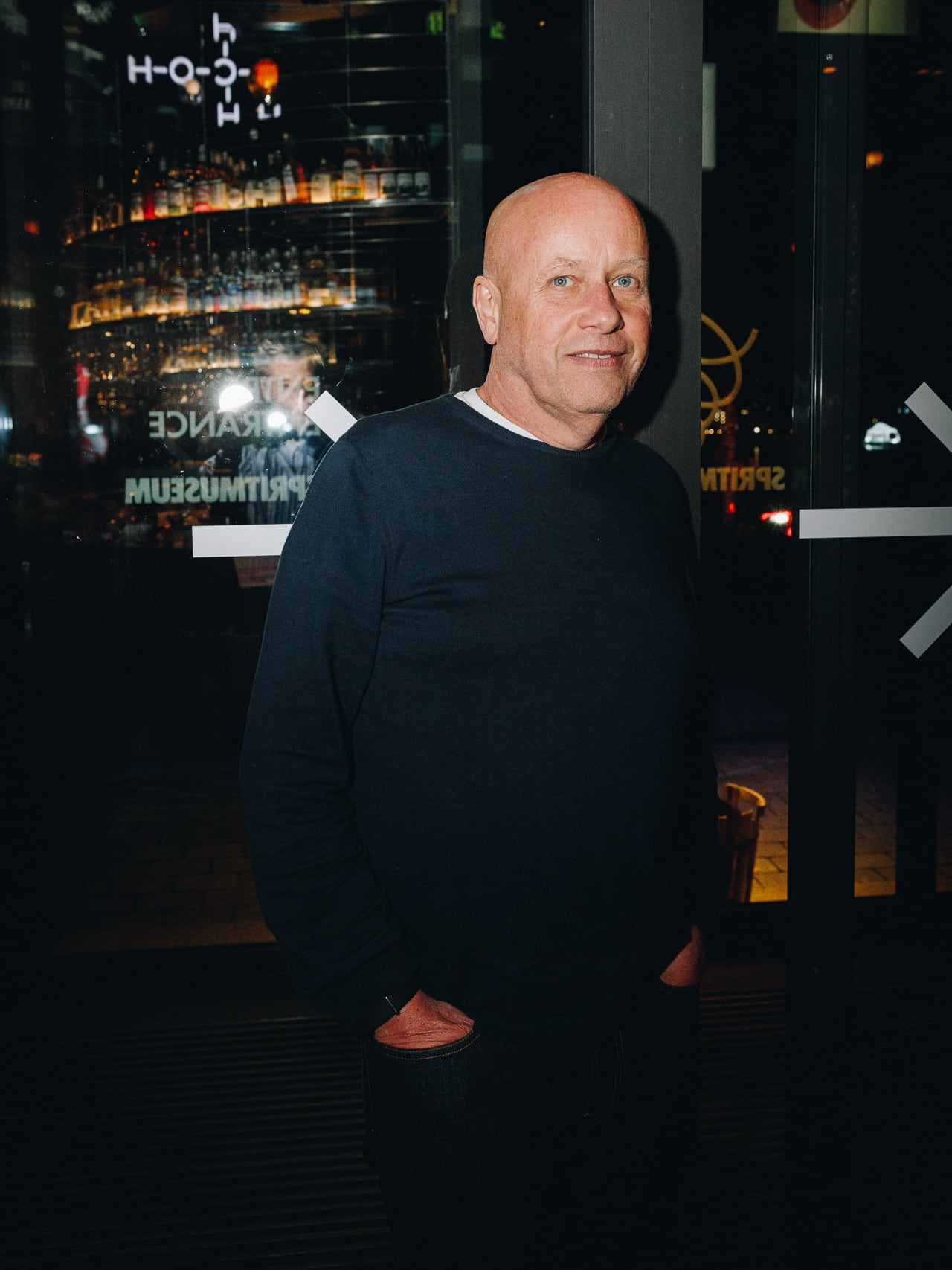
Visitors will also be able to view art from several contemporary artists engaging with similar themes, including from Jens Haaning, the Danish artist, best known for his Take the Money and Run artwork, which led to him being sued.
The Money on the Wall: Andy Warhol exhibition, which opened in October last year and was due to close in late April, coincides with the recent rediscovery of Absolut Warhol’s ‘blue’ painting, more than 40 years after it was painted. It takes visitors through Warhol’s career from a commercial artist in the 1950s to his pop art era, touching on economics, commerce, and commodification.
The show includes a spin on Danish artist Jens Haaning’s earlier artwork made out of real cash and titled An Average Austrian Income. Presented at the Secession in Vienna in 2007, they consisted of euro bills and coins, corresponding to the average annual income in Austria. Haaning gained notoriety when he was asked to update the work for an exhibition at the Kunsten Museum in Denmark in 2021. He delivered two framed blank canvasses for an exhibition rather than two frames filled with the banknotes the museum had lent him.
We recently caught up for a chat with Haaning, whose adaption of his original An Average Austrian Year Income is a wink to Warhol’s dollar bill paintings and cow wallpaper, to discuss his influences, Andy Warhol and why he took the money and ran.
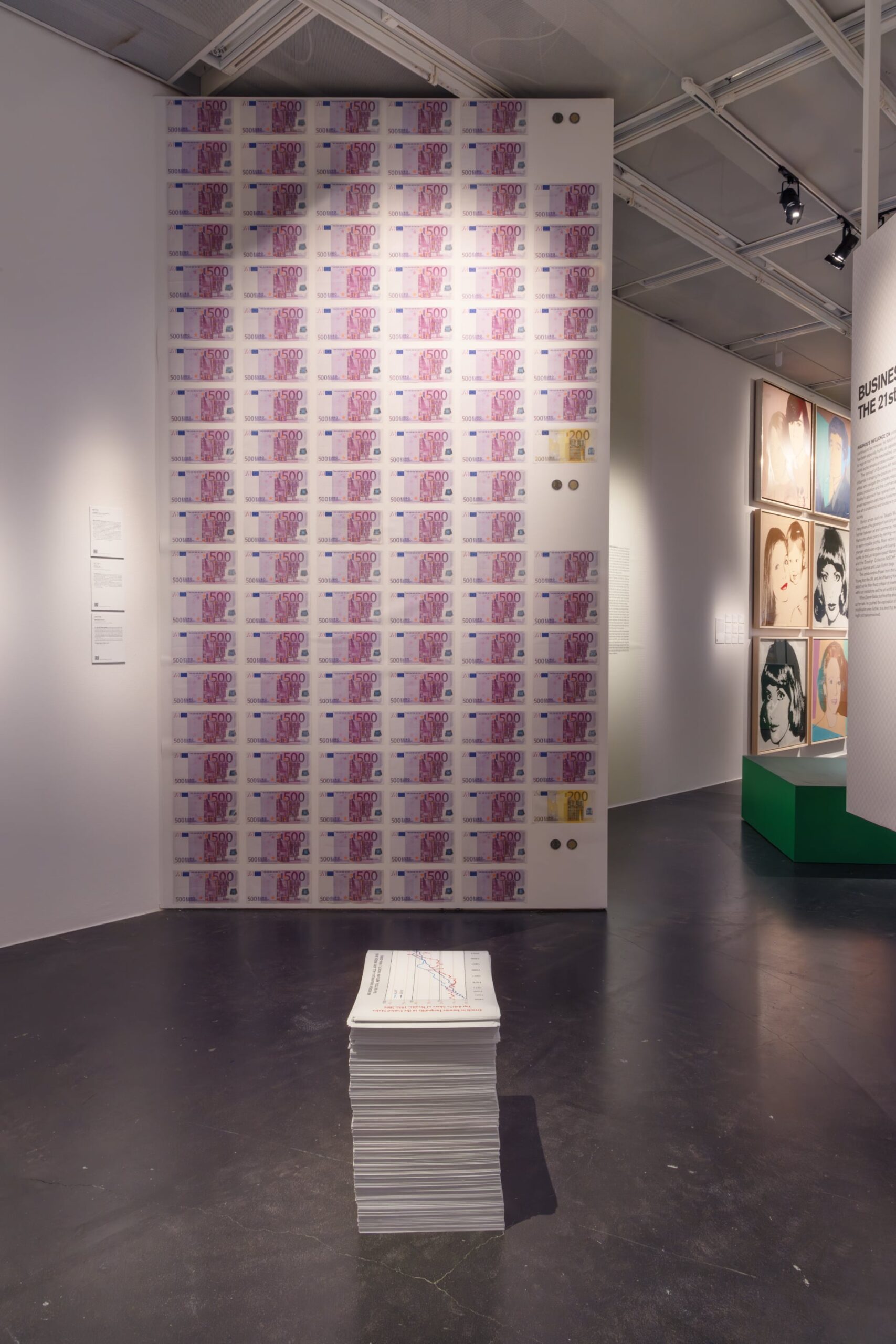
How do you feel about being part of a Warhol exhibition?
It’s nice, eh? Because of my political orientation, I liked Warhol long before I got into art. His art was populistic and democratic – and it was acceptable; you can buy his prints and posters just about anywhere. His influence on art is enormous. Warhol is so overwhelming visually, but the way he’s framed at the Money on the Wall exhibition is how I have always seen him – as a conceptual artist. It’s brilliant. It is just visually so strong and so recognisable. I’m very proud and makes me feel good to be part of it.
Why is your art often politically motivated?
I was involved in politics before I went to art school – as a trainee bricklayer and working for its union. It was in the 1980s and they needed a young dynamic spokesperson, not a 50-year-old bricklayer, and I was very good at talking! So, as a 16-year-old, I was being interviewed for the national news to speak on behalf of the union. It has influenced how I see the world but I was never going to be a politician; as a union spokesperson you find yourself repeating the same message over and over, and I needed more than that as my mind runs very quickly!
Tell us about the Take the Money and Run.
In 2007, I exhibited, An Average Austrian Year Income at Vienna’s Secession Museum in Vienna [I also did similar pieces for Denmark and Albania] which was filled with banknotes totalling €25,704, which was the average annual income in Austria at the time. When the exhibition was finished, the museum took out the money before they returned my frame! More than a decade later, the Kunsten Museum of Modern Art in Denmark got in touch and we mailed back and forth regarding updating the average income concept for an up-and-coming exhibition in 2021 called Work it Out.
I needed to borrow some money and suddenly I had this idea
What inspired you to take the money and run and exhibit framed blank canvases?
The museum lent me the money but I wasn’t anticipating not using the money in the artwork. But expenses for the pieces that were coming from my own pocket were building up. Frames for museums are expensive, I was paying for hotels because of quarantine restrictions during Covid, then I had a car crash and had to employ an assistant. I needed to borrow some money and suddenly I had this idea. I have been a professional artist for a long time and so I know when one idea is better than another. That was my problem! I took inspiration from the exhibition’s concept called “Work it out” and the concept script was about why we go to work. My original “annual income” pieces concept fits well but my updated concept was about why I go to work and so I took its money.
What did you do with the money?
Many people thought I would give it back or that I had spent on something extra but that wasn’t the case. I spent on day-to-day expenses – not on anything expensive. But I never would have expected a piece of conceptual art such as this to have had so much impact. According to media agencies, Take the Money and Run has potentially reached billions of people even though it has no pictures, colours or figuration!
The court ordered you to repay most of the money but what happened to the artwork?
The museum kept the art hanging for several months but it sued me for taking the money. It was an enormously stressful time for me. Not because of the trial itself but because of it hanging over me and taking up so much energy. I became very irrational. That was three years ago and the piece has landed nicely now – the museum has bought the piece from me. I feel vindicated in many ways; it works as a piece of conceptual art [acknowledged by the Kunsten Museum] and because of the significant attention it received, it has generated more than what I took. It has been beneficial economically, which is quite nice.
Money on the Wall: Andy Warhol at Spritmuseum is open until 14 September 2025.
